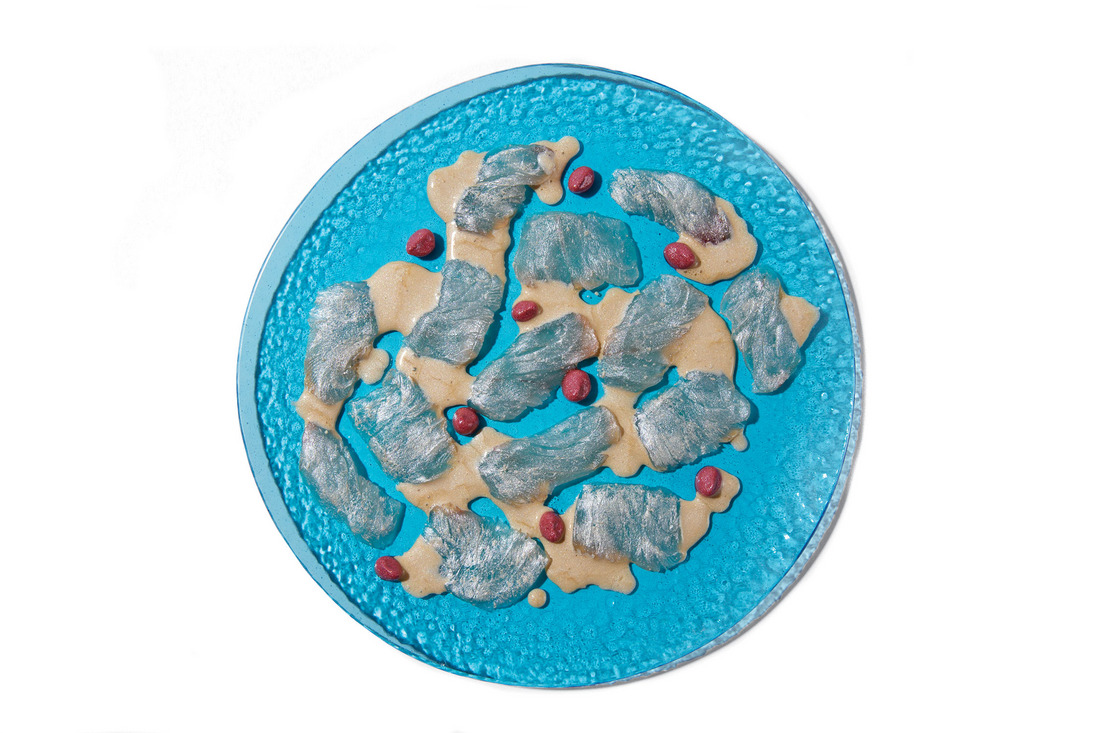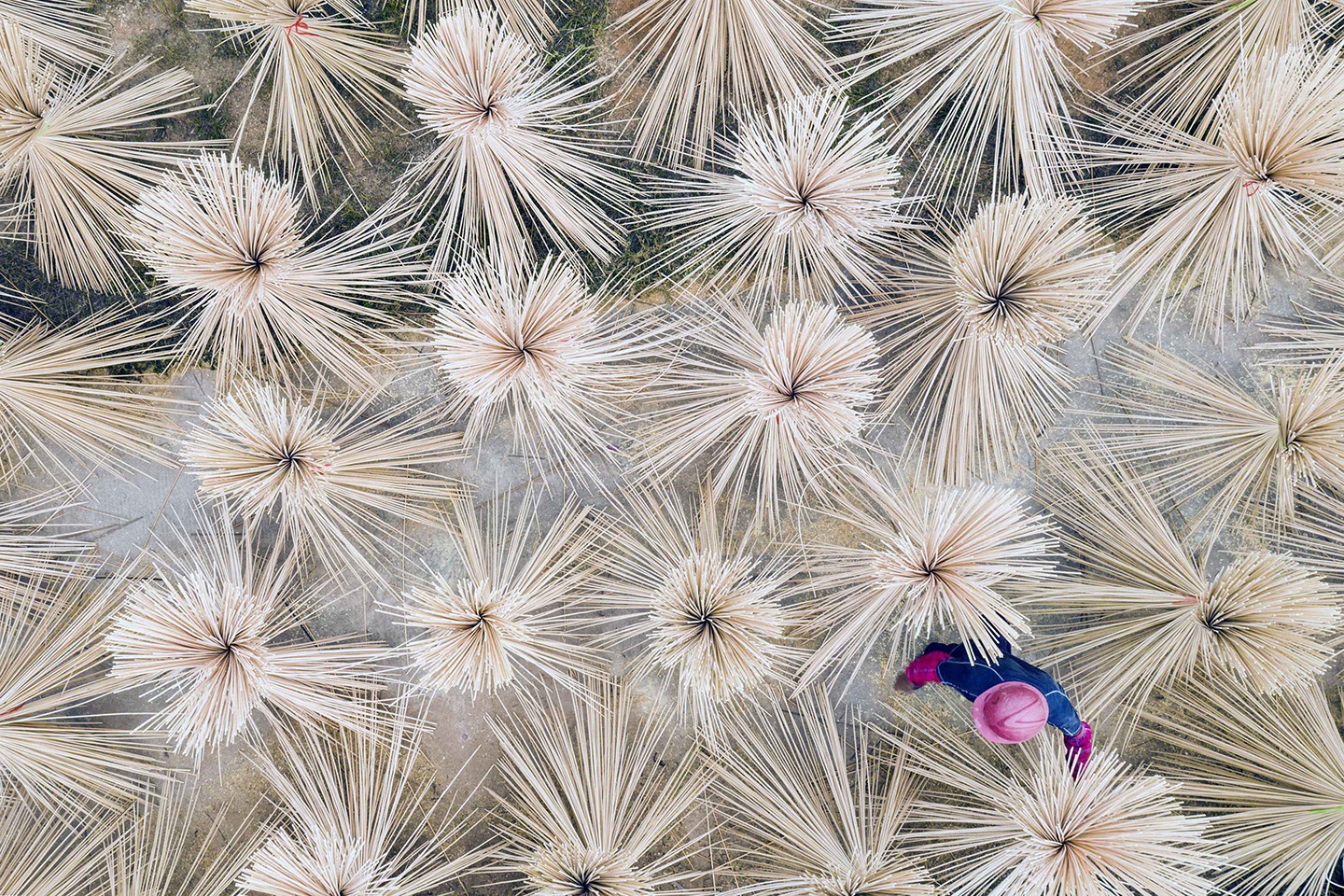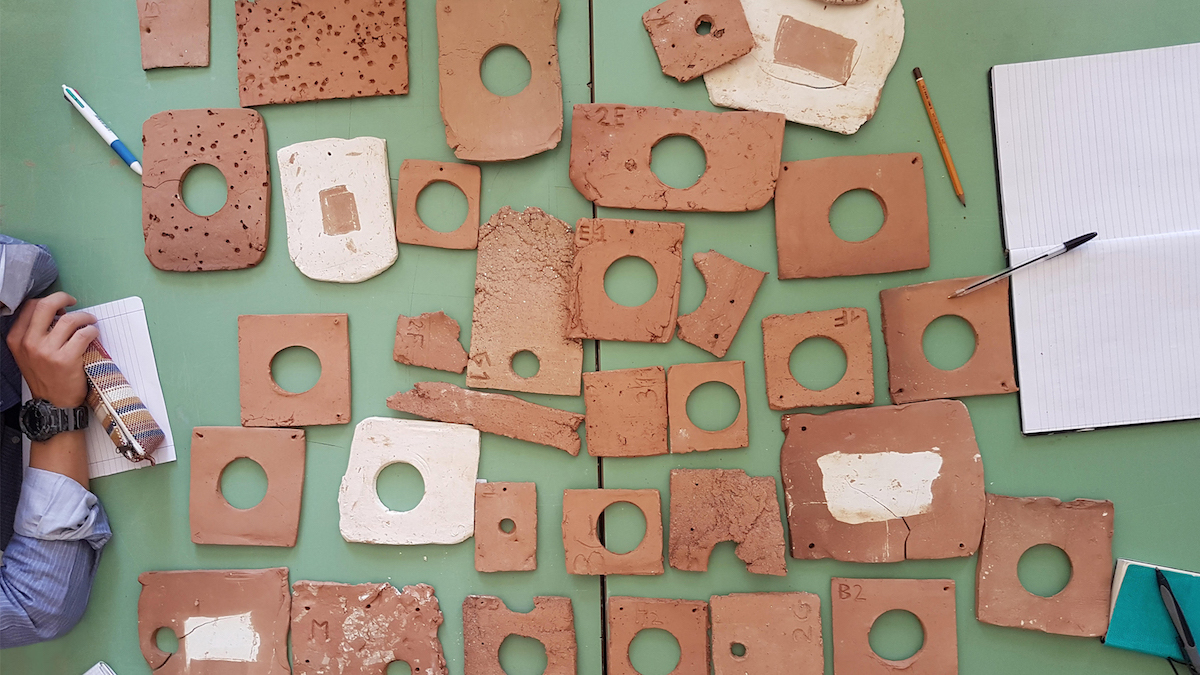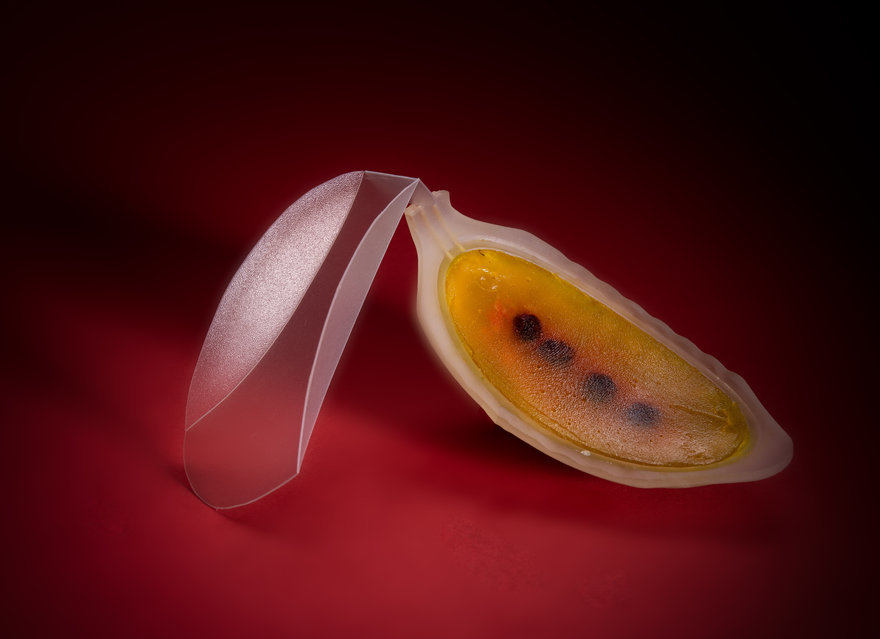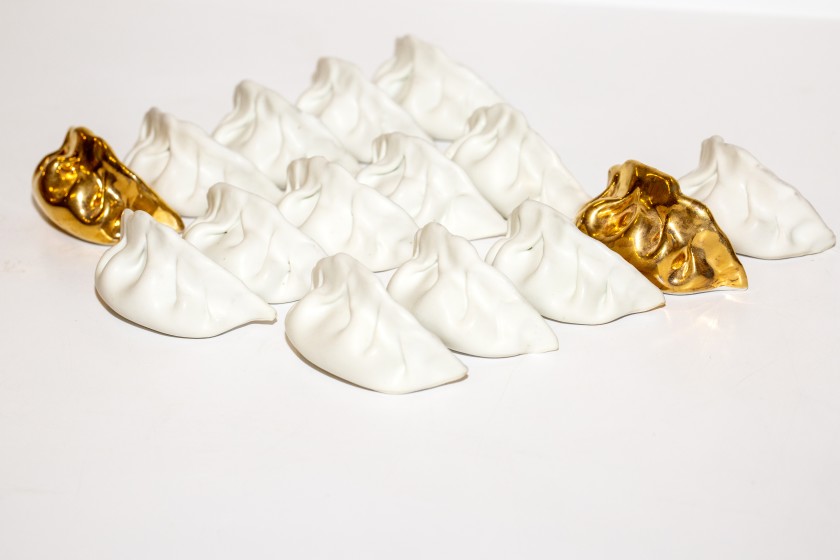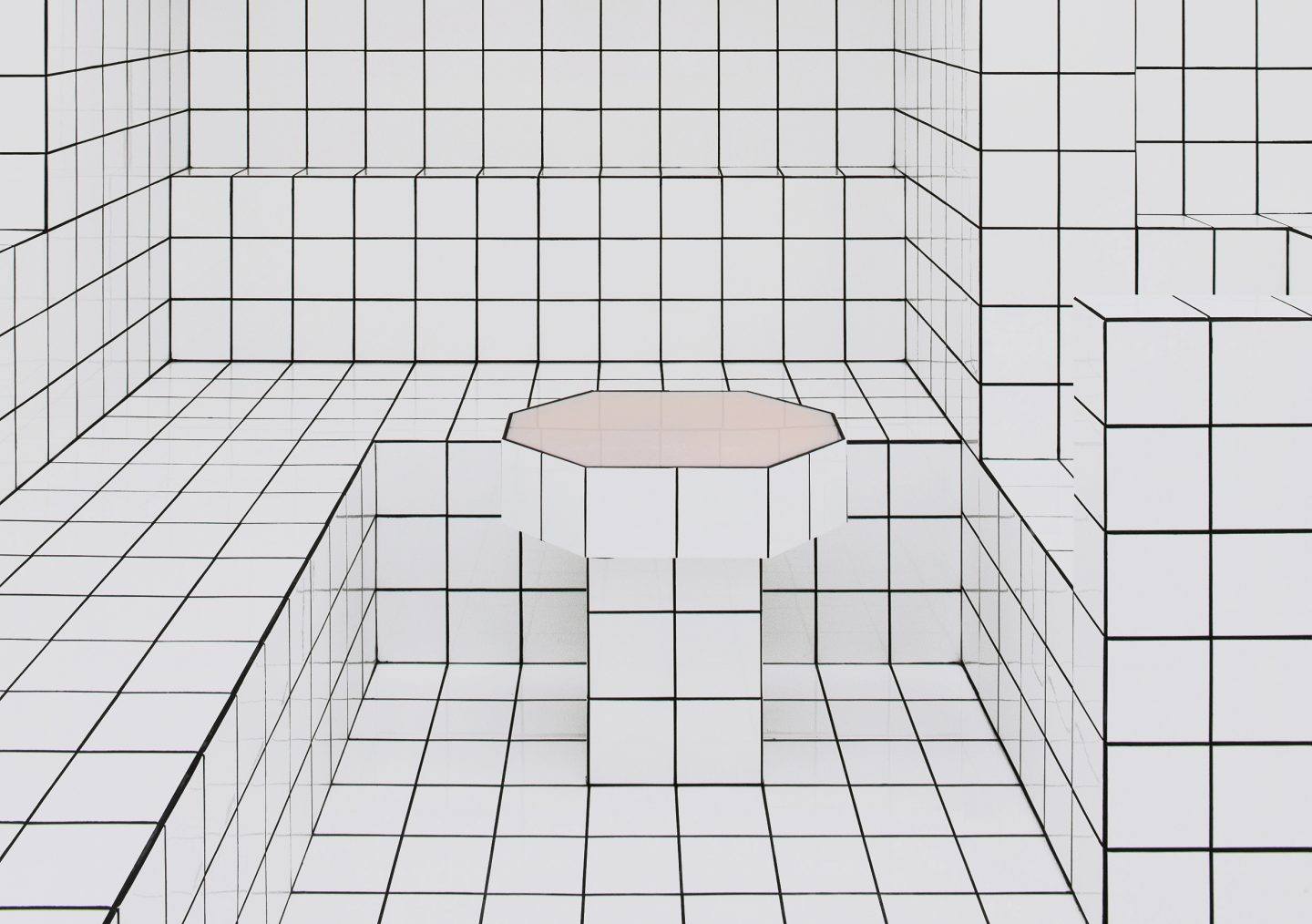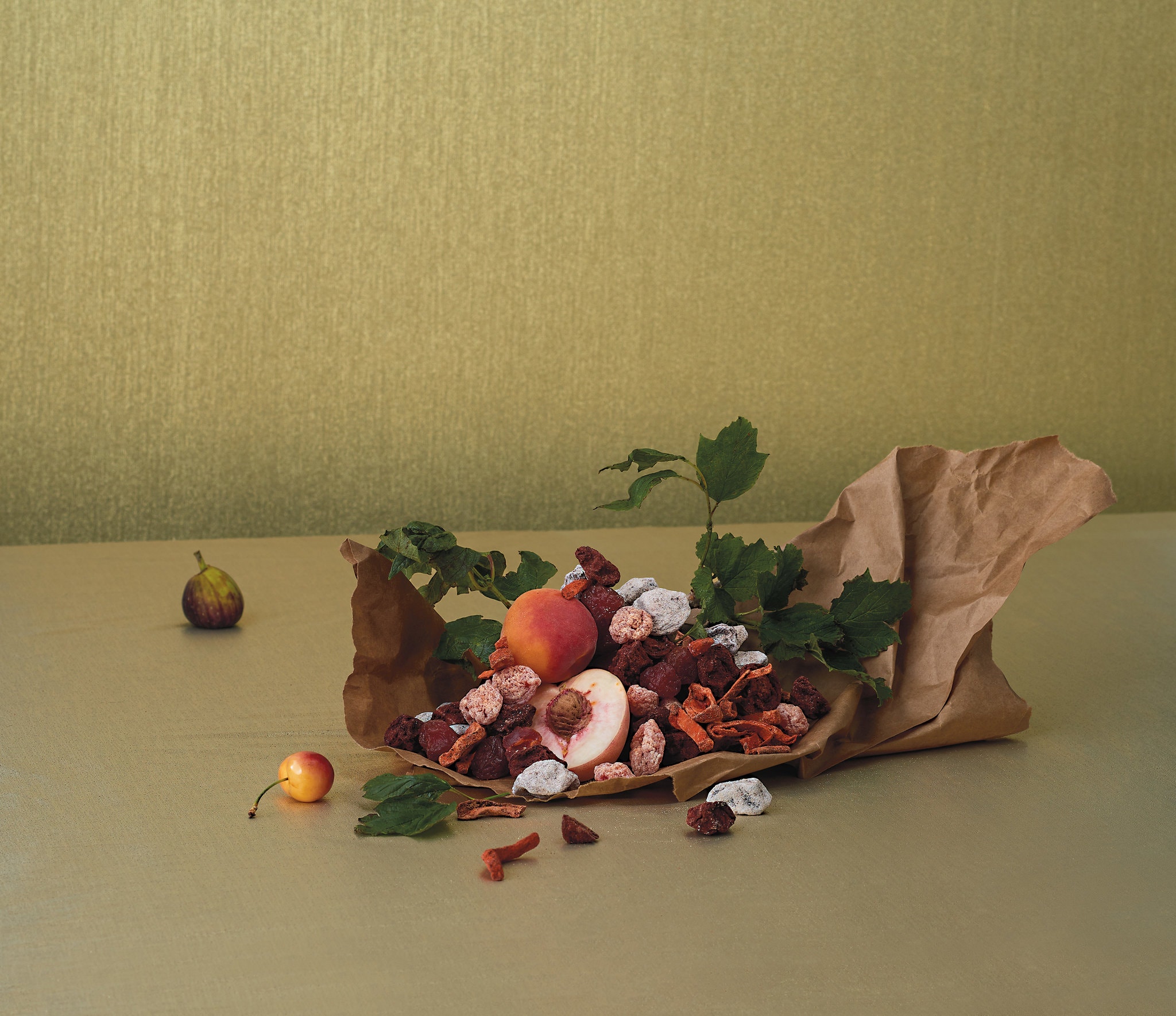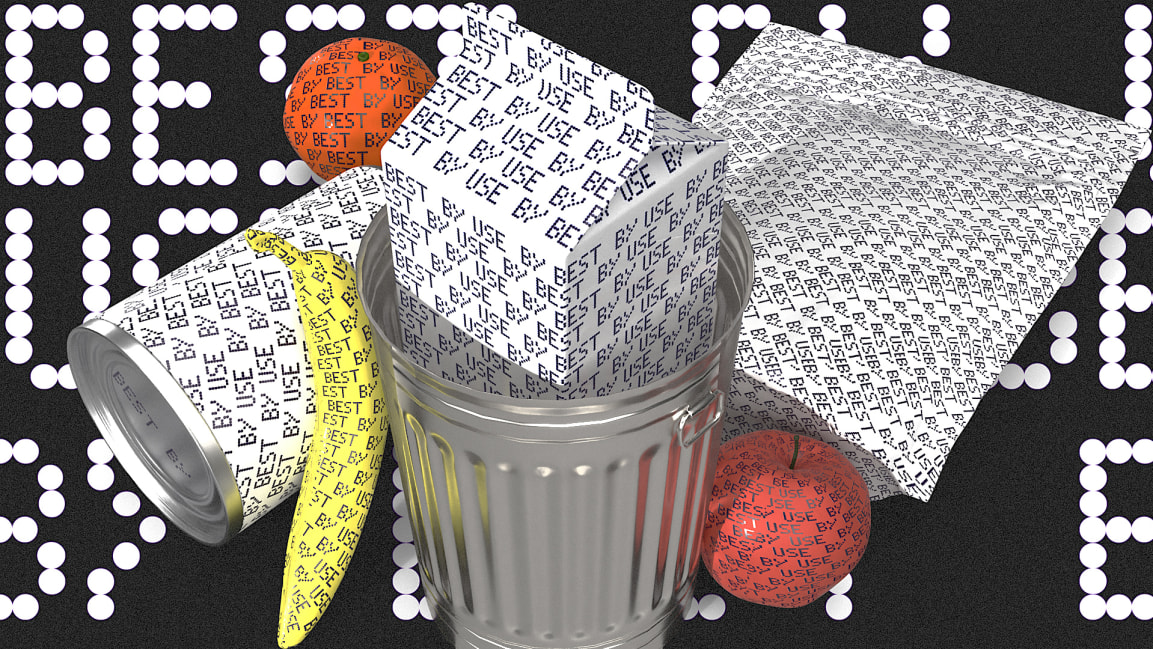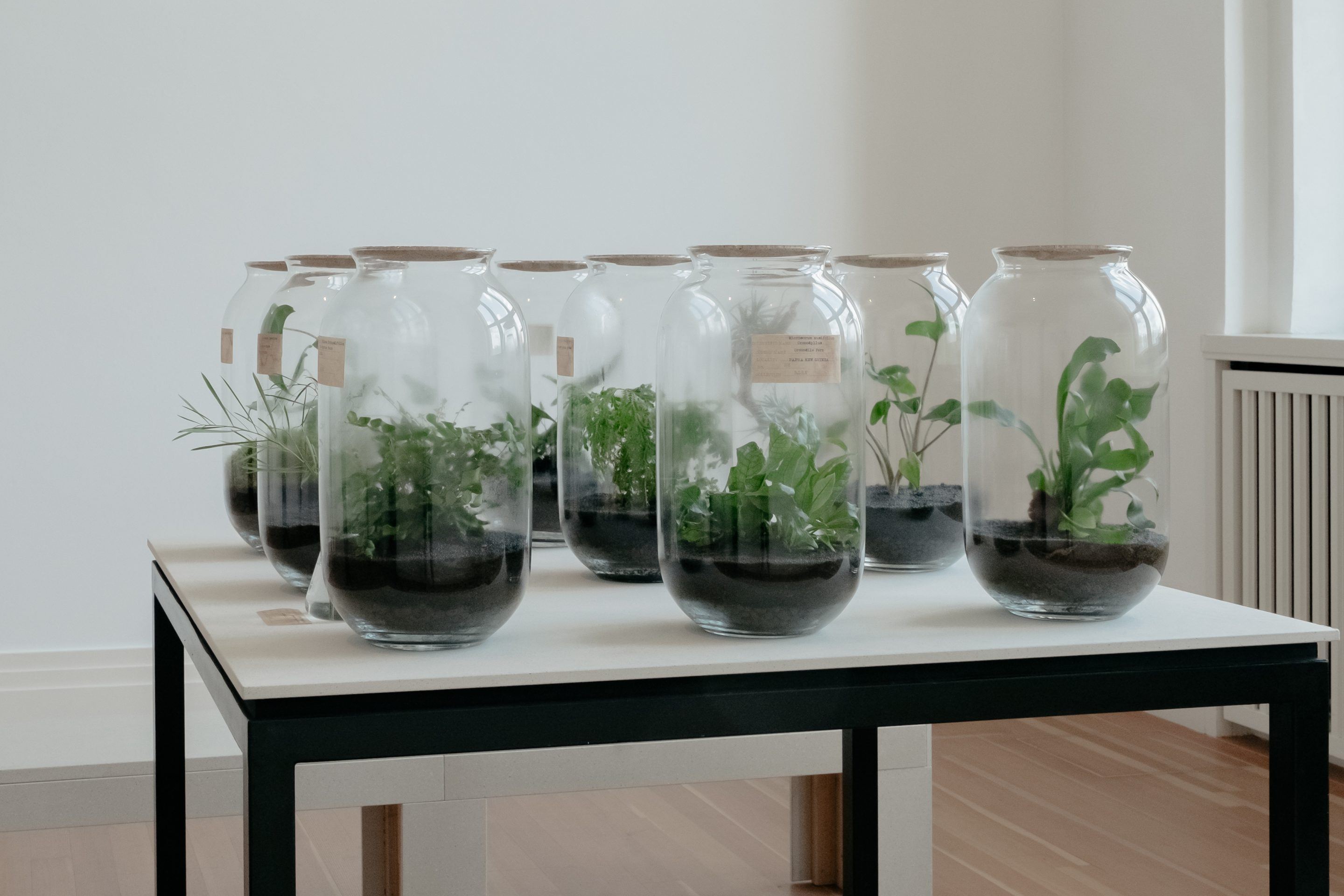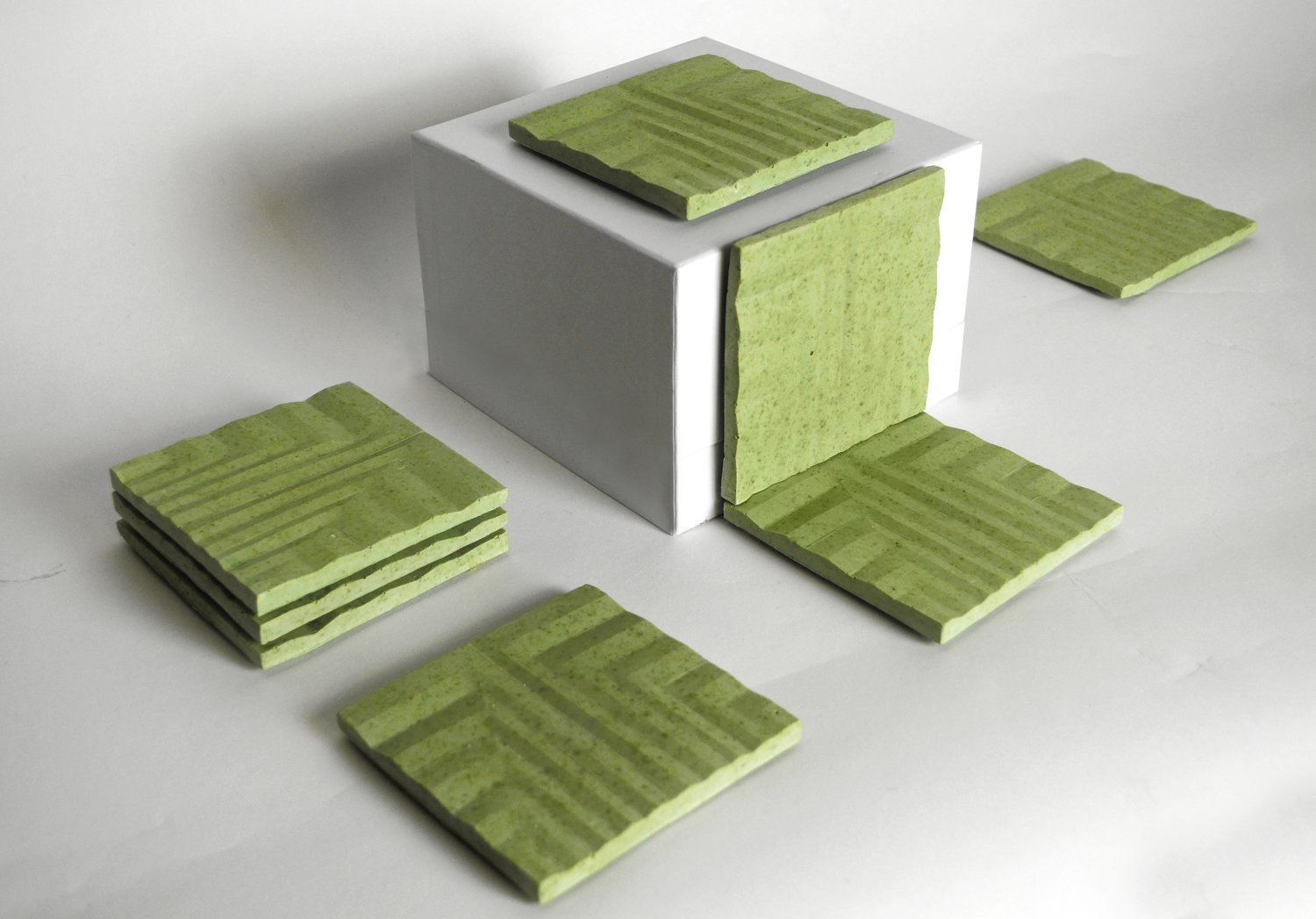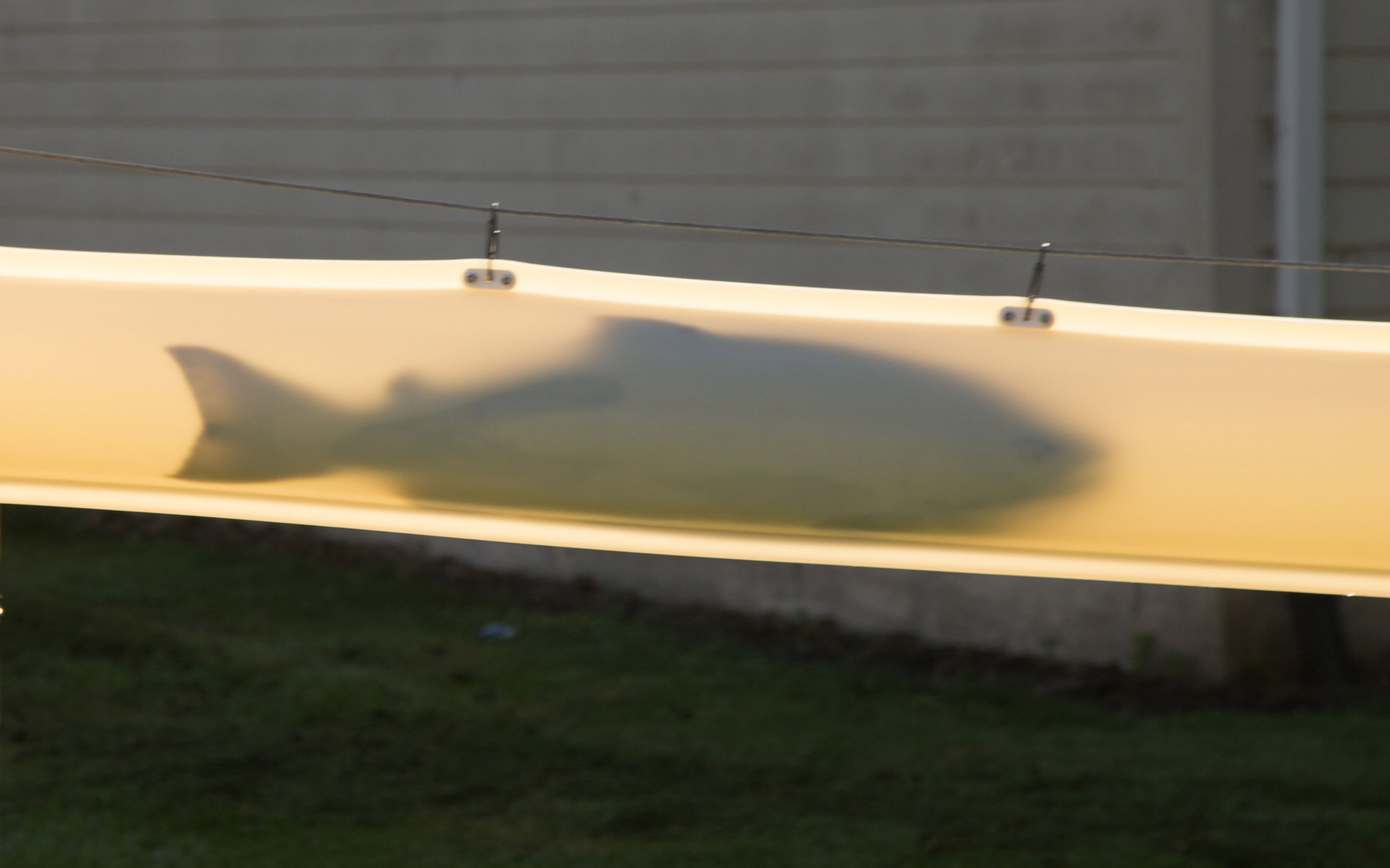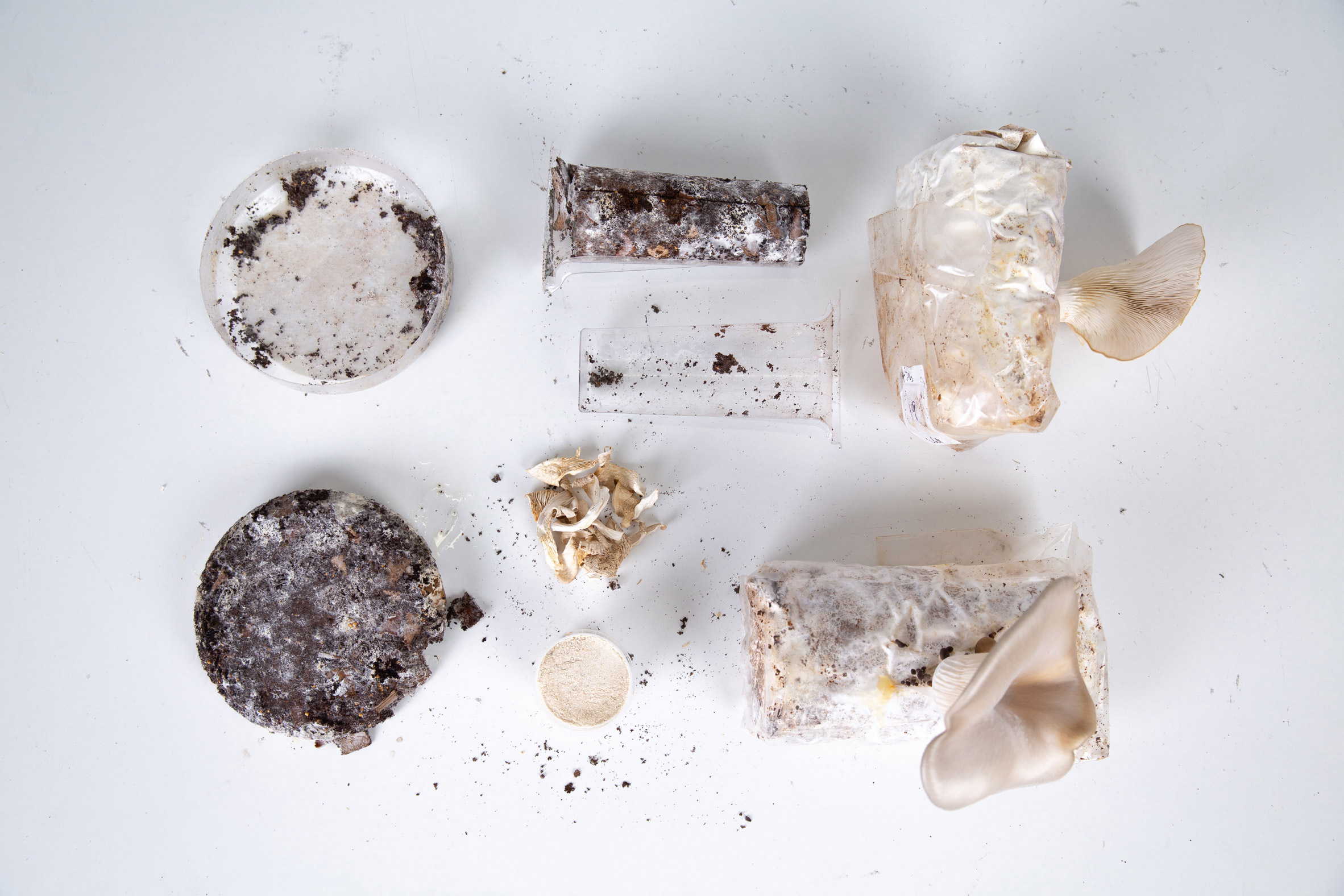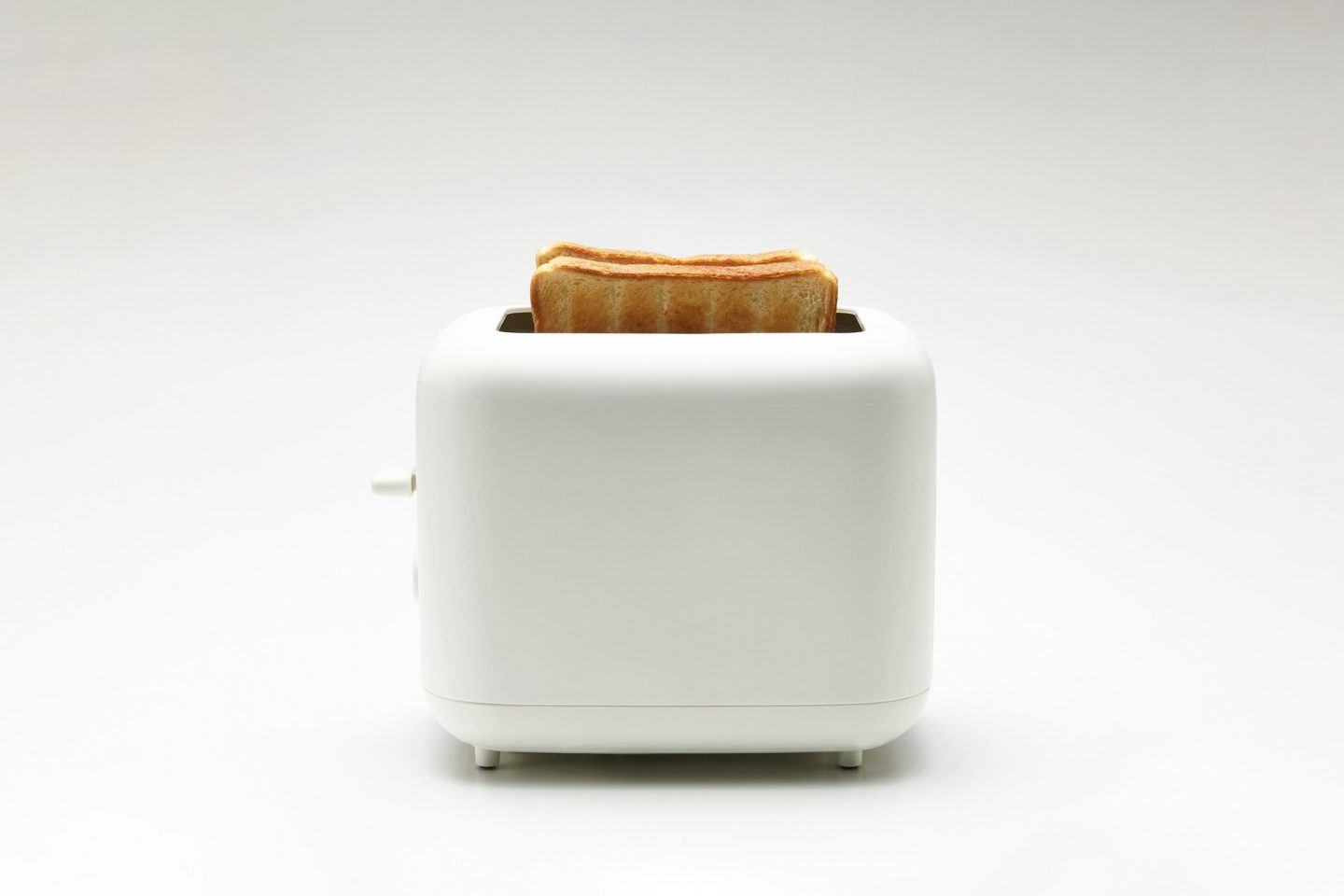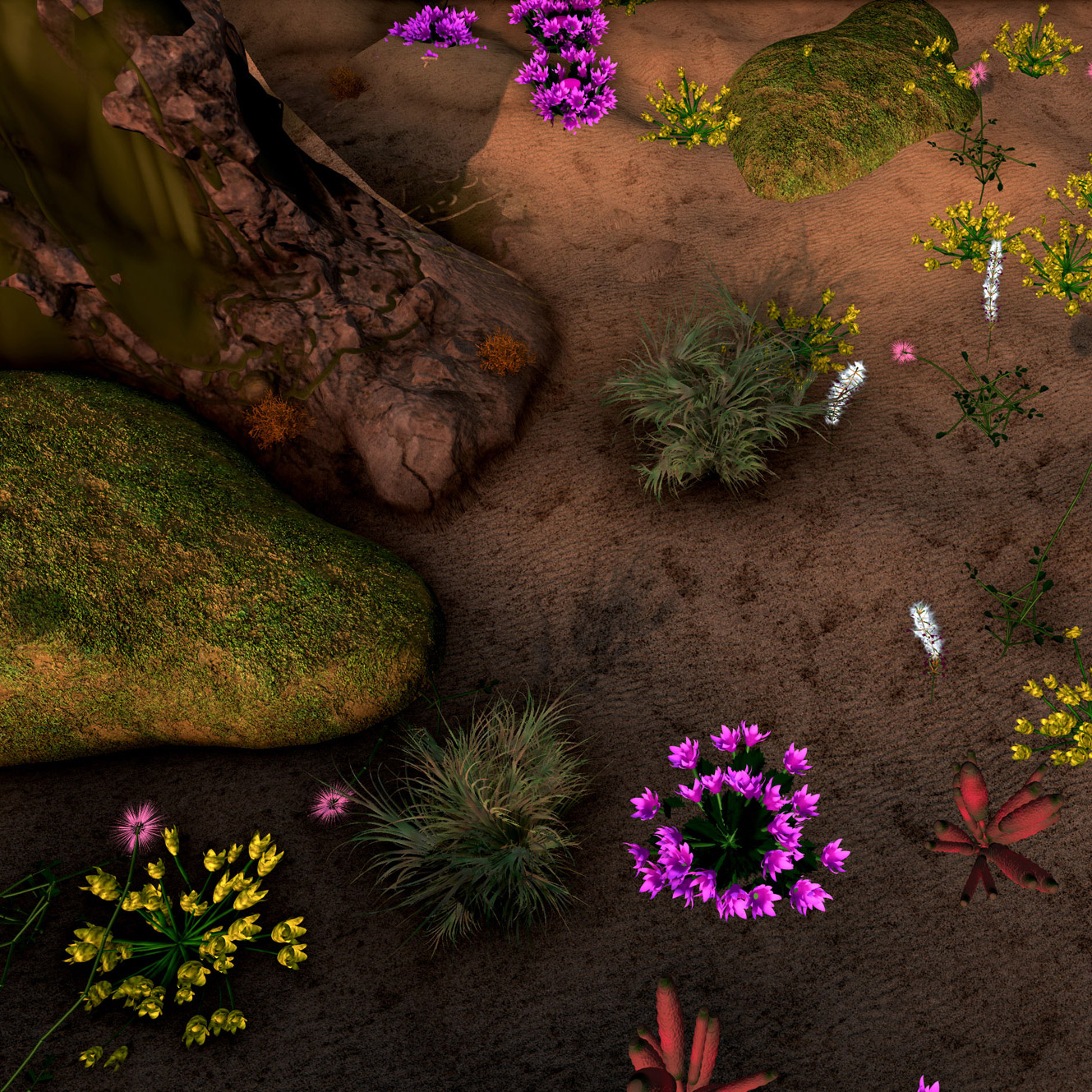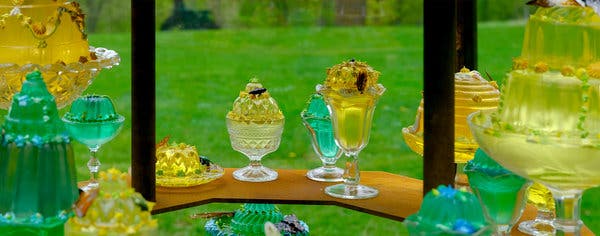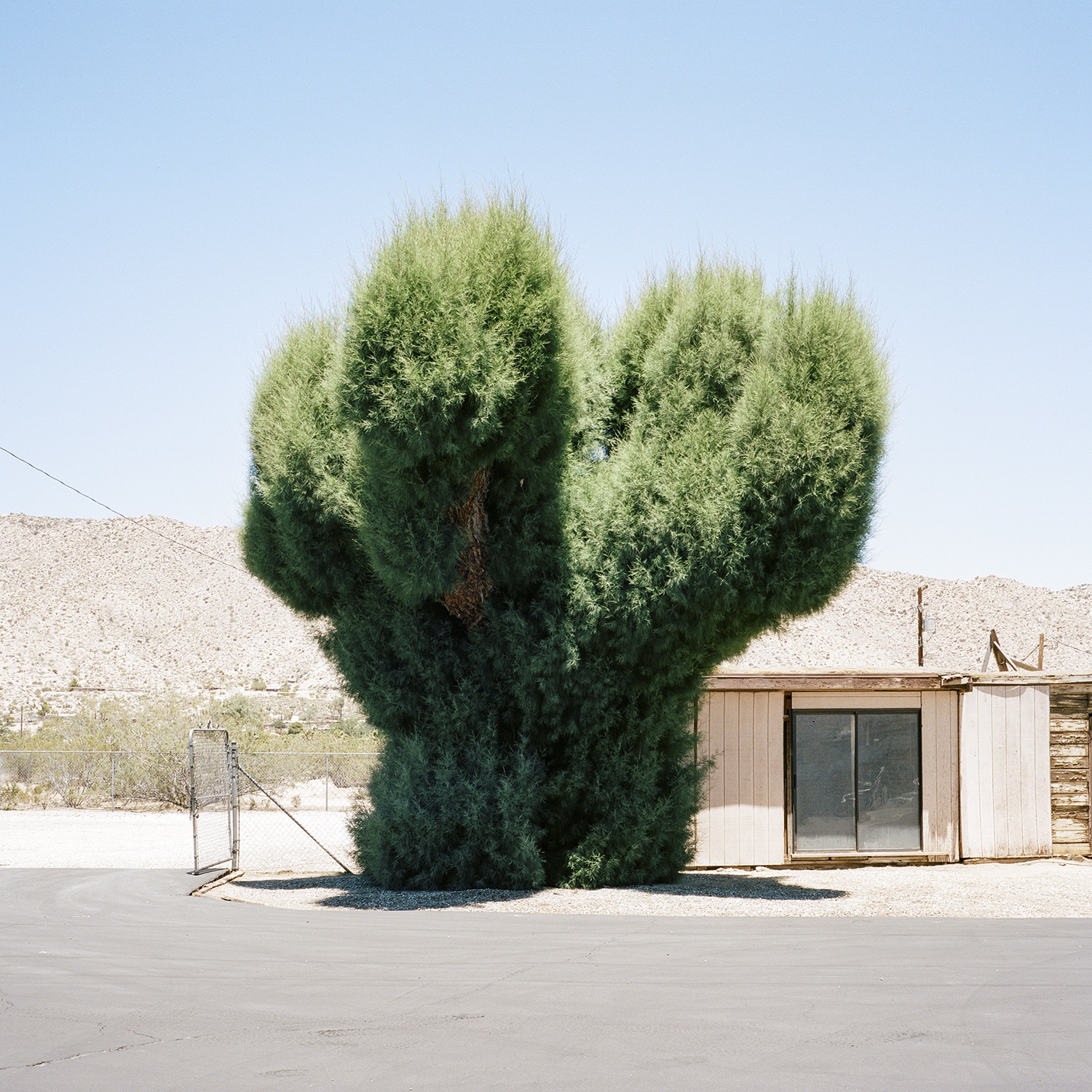Our weekly serving of off-the-menu items – a few popular favorites from the week, as well as a few morsels that may have slipped your notice.
The Eating Implement of the Future: Scissors
Across NYC, scissors are starting to pop up as an alternative form of cutlery. Some restaurants will cut your food up for you, but others are leaving pairs of scissors for diners to use themselves. While scissors are a break from the traditional knife-and-fork situation, they may make slicing things like pizza a lot easier.
The Price of Cell-Cultured Meat
Last week Bruce Friedrich – director of The Good Food Institute – gave a TED Talk about cell-cultured meat; while the development of cell-cultured meat has been public knowledge for a while now, Friedrich provided new information: a cell-cultured burger is likely to cost around $50. This high price will also apply to other meats, like chicken or fish, since their growing processes in the lab are similar.
Plastic food isn’t just a prop in Japan – it’s an art. First developed in the area of Gujo Hachiman, the plastic foods made by Japanese craftsmen have an impeccable attention to detail. Photographer Marco Arguello traveled through Gujo Hachiman with his camera, documenting the creative processes and products of the people who make plastic food.
While Americans mostly use kosher salt to rim or accompany their drinks, mezcal in Mexico is traditionally paired with worm salt. Produced with larvae found in the leaves, roots, and heart of the agave plant, worm salt is exactly what it sounds like – ground up worms mixed with rock salt. Because the larvae actually live in and feed on the agave plant, the worm salt adds a unique and authentic depth of flavor to mezcal.
 Dunne & Raby’s “Foragers” mask for farmers of the future.
Dunne & Raby’s “Foragers” mask for farmers of the future.
“Broken Nature” – a new exhibition at the Triennale Design Museum in Milan – focuses on the importance of restorative design, or designing ways to repair a damaged environment. Emphasizing a future where we are designing for human survival, the exhibition includes installations that comment on food scarcity and broken agricultural systems.




